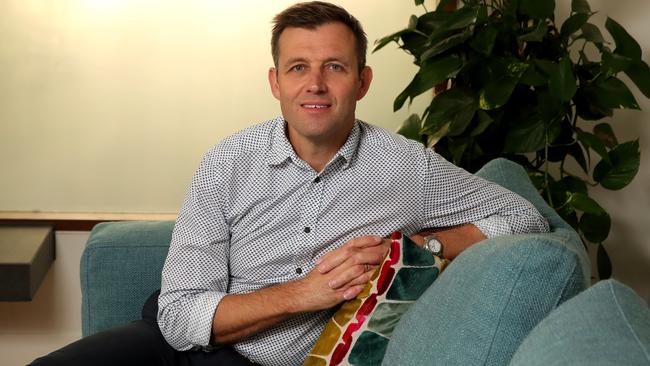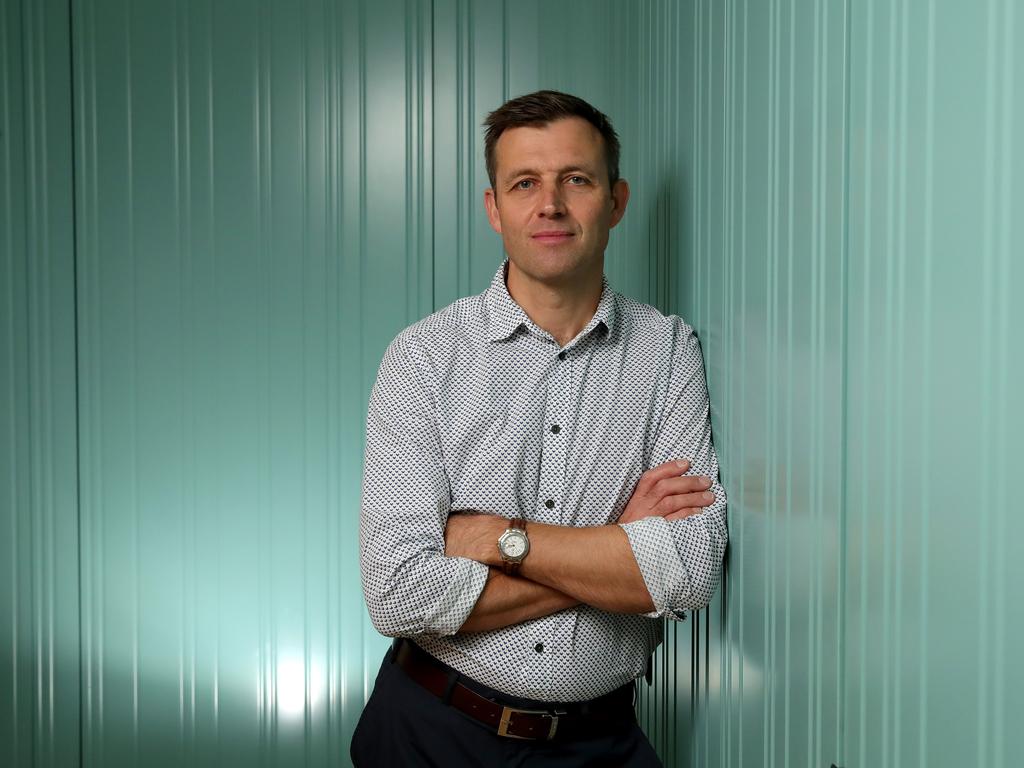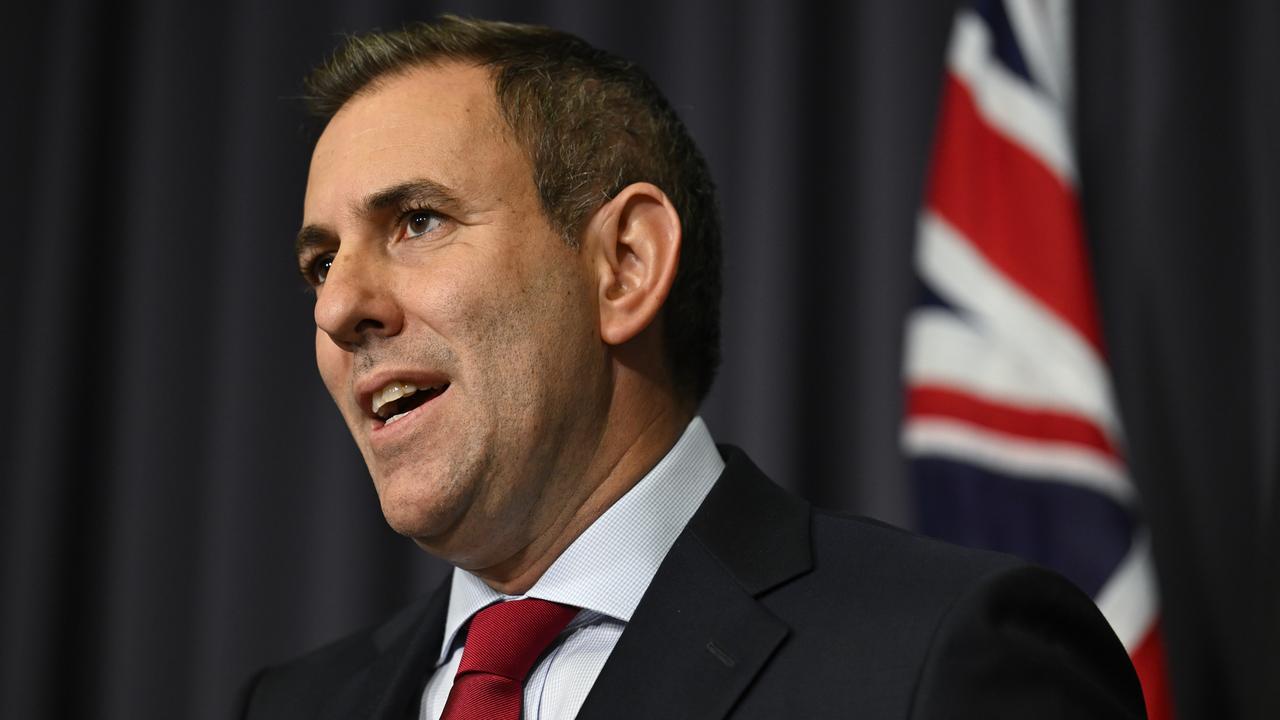IFM pitches infrastructure financing model using industry super funds
Governments should look to key private investors such as industry super funds to help finance the rollout of new infrastructure projects.

State and federal governments should look to key private investors such as industry super funds to help finance and oversee the rollout of new infrastructure projects, according to a new paper to be released on Friday by the $160bn IFM Investors.
Keen to channel billions of dollars of industry super fund money to kickstart new infrastructure projects in Australia, IFM Investors says its new “Building Australia” financing model could help get projects underway faster, breaking them down to smaller “shovel-ready” projects and accelerating job creation.
The proposal from IFM, which is owned by 27 industry super funds, comes amid concerns of rising unemployment as a result of the COVID-19 pandemic with the jobless rate for June lifting from 7.1 per cent to 7.4 per cent.
Under the IFM proposal, governments would do deals with large long-term investors, selected by competitive tender, which would provide equity and oversee the construction of infrastructure projects in return for being given long-term operating leases on their projects.
Allowing the long-term equity investor to oversee the project development, IFM argued, would allow the work to be broken down into smaller packages which could be handled by Australian contractors and get underway faster, rather than relying on one large, often foreign contractor, to handle the whole project.
“There is no shortage of capital in Australian willing to invest in the right infrastructure project,” IFM Investors chief executive David Neal told The Australian.
“The Treasurer has said he is keen to get super funds investing in infrastructure and the super funds are keen to do it.
“We are saying to the Treasurer, let’s get talking about how we might be able to do it. How can we bring these two things together and make it happen?”
IFM says its proposed financing model would bring in major investors in at the beginning of the project in a way which delivered much better outcomes than the current situation, where governments did deals directly with contractors which were purely focused on their own profit margins.
“The current procurement model for large infrastructure projects is not working as well as it could be,” he said.
“It relies on attracting large contractors, which are often foreign owned, while limiting the role for medium-sized Australian contractors and long-term equity owners,” he said.
“Our model would reduce the risk of cost blowouts and delays on major greenfield projects,” Mr Neal said.
“It would also allow projects to get underway faster, creating jobs sooner.
“Big contractors have no interest in long-term ownership and operation of the assets.”
Mr Neal said if governments worked with major investors like IFM the investors had a long-term interest in making sure the project was done to a high quality as it would be operating it for the next 20 years.
“By governments working together with Australian equity investors under our model, there is a more effective risk transfer to the private sector as equity partners have an incentive to ensure the project delivers a quality service to the community at a reasonable price over the long term,” he said.
Mr Neal said IMF had been in discussions with the federal Treasurer over its proposals as it was particularly keen to see new infrastructure projects get underway to help boost the economy and create jobs in the COVID-19-driven economic downturn.
“We have been engaging with different levels of government, both state and federal, and talking them through our proposal,” he said.
“We are trying to put forward constructive ideas to get the new projects moving.”
Mr Neal said it was for governments to decide which infrastructure projects needed to be developed.
“It is for governments to think through what projects they believe are appropriate,” he said.
“This model can apply to any large-scale piece of infrastructure.
“No one is looking for preferred treatment but let’s get together and allow us to deploy our capital.
“We just need the opportunity to get things moving.”
Mr Neal said there were some similar models being used by some governments around the world, including one for the development of a light rail project in Montreal by Canadian pension fund Caisse de Depot et Placement du Quebec.
The IFM proposal has some similarities with the funding model used by the NSW government for the $1bn redevelopment of the International Convention Centre at Sydney’s Darling Harbour.
This saw hospitality industry super fund Hostplus come in as a founding investor, alongside the Lend Lease, Capella Capital, AEG Ogden and Spotless, and remain a long-term operator of the venue.






To join the conversation, please log in. Don't have an account? Register
Join the conversation, you are commenting as Logout